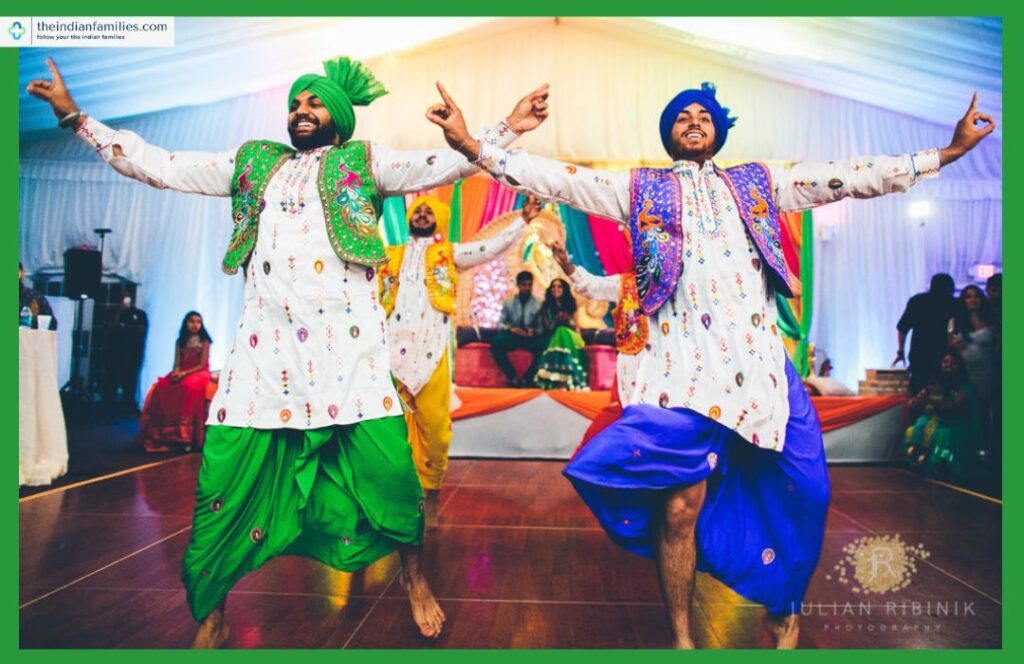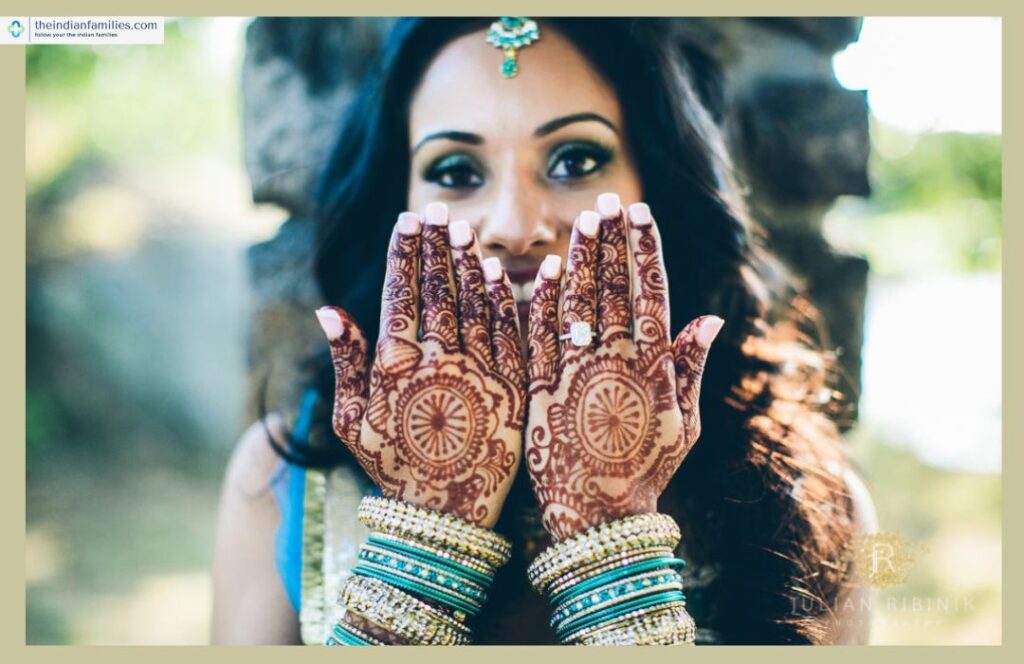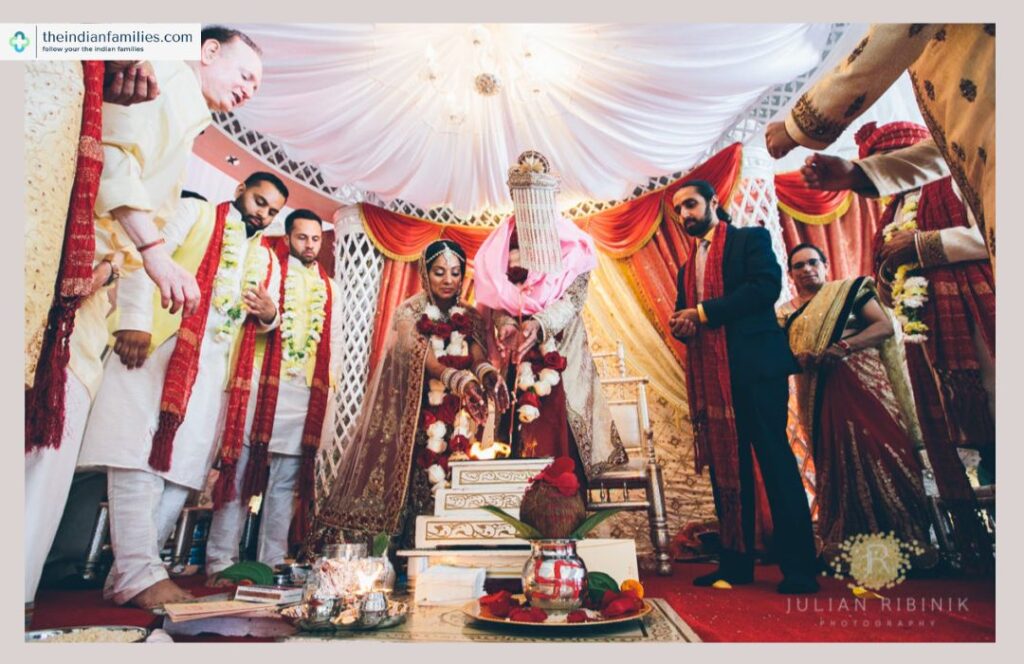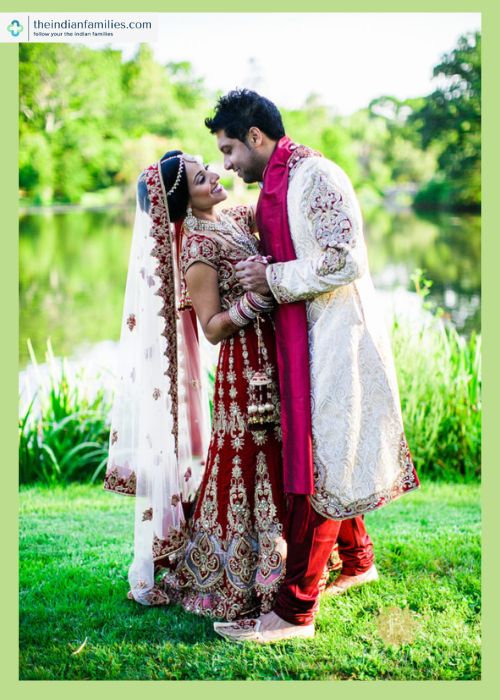India is one of the world’s maximum ethnically various and vibrant nations. It’s no surprise, then, that Indian wedding ceremony ceremonies are notably wealthy in culture and lifestyle. Indian wedding ceremony traditions are recognized for their abundant presentations of colour, tune, and dance, as well as their difficult ceremonies and rituals that take area over numerous days.
If you’re an Indian bride-to-be, there are numerous Indian wedding ceremony traditions that you can incorporate into your wedding to make it simply true. Just keep in thoughts that, with over 30 special cultures in the continent of India, your circle of relatives traditions can be very distinct from the different Indian weddings you’ve attended in the past.
From the wedding meals and the Indian bridal jewellery to the lovely garb and decor, no two Indian weddings are alike. Having photographed some absolutely super Indian Weddings in New York City, we’ve prepared a listing of a number of the most popular Indian wedding traditions that you can look ahead to.
Barni Band-hwan
The wedding rituals generally begin fifteen days earlier than the marriage day. For many Indian couples, the Barni Band-hwana ritual is step one of their wedding adventure. During this ritual, a piece of thread called Mauli is tied across the hands of both the bride and groom or the groom and his parents. The cause of this ceremony is to invite the gods for a secure wedding day and a protracted and glad marriage.

The Mayra
Referred to as the “Maternal Uncle’s Ceremony,” the Mayra is when the maternal uncle brings presents for the mom of the bride and the groom. Among these gifts are the mom’s clothes for the wedding.
Sangeet & Mehendi
The Sangeet is a pre-wedding ceremony birthday celebration in which the bride and groom’s households come collectively to celebrate with music, dance, and meals. The bride’s family hosts the Sangeet, in which the bride, her girl circle of relatives participants, and visitors get henna implemented on their palms. This is a possibility for both facets of the family to get to know each other. Some households take this as an opportunity to tease the bride and groom lovingly.

The Mehendi ceremony takes vicinity during the Sangeet. This is whilst henna is applied to the bride, her girl family individuals, and visitors. Depending on what number of women attend, the circle of relatives will rent two or three henna artists to layout and apply the henna.

WHAT IS HENNA?
Henna is a transient, orange-pink dye made from the leaves of the Lawsonia inermis plant. The henna tattoo lasts for approximately weeks and is a critical part of Indian wedding ceremony traditions.
WHAT DO HENNA TATTOOS SYMBOLIZE?
According to Indian wedding traditions, making use of henna on the arms, feet, and arms of a girl is said to aid fertility, beat back evil, and attract advantageous electricity. Hidden in the bride’s problematic paintings are the names of each bride and groom, which the groom is supposed to discover as an additional signal of top good fortune.
There is also a superstition surrounding henna. It’s stated that a deeper colour can lead to a deeper bond together with your husband and a greater chance of having along side your mother-in-regulation. For this cause, many brides select to permit the henna to dry and darken.
The Wedding Procession
With most conventional Indian wedding ceremony celebrations, the marriage day starts with the groom’s procession. This “rite within a rite” is referred to as the Baraat, and it’s while the groom makes his manner to the wedding altar, led by his own complete family and pals.

This part of the rite serves as the groom’s entrance. During this time, his buddies and his own family dance and chant Indian wedding ceremony day desires. This rousing spectacle takes location as he is ushered down the road either on the shoulders of his friends or at the back of a white horse.
During the Baraat, the groom wears an intricately designed Sherwani match and an outstanding Safa (turban) geared up with an ornate brooch known as a Kalgi. After the groom arrives, he’s greeted by way of the bride and her circle of relatives. The couple then exchanges Milni Malas, which might be floral garlands.
The bride’s own family then welcomes the groom and his procession. His instantaneous family participants take their region at the altar.
The Wedding Ceremony
Hindu wedding ceremony ceremonies occur underneath an astounding cover referred to as a Mandap, which functions very colored fabric. The canopy is embellished with colourful plant life and sits atop four huge pillars. Each pillar represents one of the four dads and mom. Whether the marriage is held interior or exterior, a Mandap is constructed as a vital part of the rite.

At the front of the Mandap, a hearth is lit in a small dish. The fireplace represents Agni, who’s the Hindu god of fireplaces that offers existence to the wedding. The fireplace is kept burning during the ceremony and serves as a witness to the exchanged vows among the bride and groom.
The groom, wedding ceremony visitors and the officiant then look forward to the bride, who is escorted down the aisle by her maternal uncle. Once she arrives at the altar, the bride and her groom are given rice to throw into Agni’s ceremonial fireplace.

As a part of Indian wedding ceremony traditions, the rite begins with Kanyadaan, a ritual where the bride’s dad and mom deliver their daughter away to the groom. The Pandit then tie their ceremonial scarves collectively, and the bride and groom are part hands to prepare for the Mangal Phera ritual.
Hand in hand, the bride and groom walk around the ceremonial fireplace in 4 instances. Each flip represents a main goal of their future together: Moksha, spirituality; Kama, private gratification; Dharma, morality; and Artha, prosperity. In an exercise referred to as Havan, the couple is then given a combination of herbs, flora, and rice, which they provide to the sacred hearth to finish the prayers.
The next ritual is referred to as the Saptapadi, wherein the couple takes seven steps together to reveal their guide for each other in a happy marriage. Each step represents a vow that they make to every different. The Pandit then gives blessings for an abundance of happiness, children, meals, and prosperity.
Finally, the groom will tie necklaces made of gold, black beads, and, now and then, diamonds around the bride’s neck to symbolize their new bond as husband and spouse. He may even observe a red powder on the middle of her forehead. To end the ceremony, buddies and a circle of relatives will shower the couple with vegetation and desire their happiness and prosperity.

Wedding Attire
The bride’s attire is simply as ornate and conventional as the groom’s, with intricate beading, sequins, and delicate fabric. She generally wears a lehenga (skirt) in shades of pink, purple, orange, or gold, which is beautifully adorned with shining mirrors, crystals, and sequins. She’ll whole the appearance with a conventional crimson sari representing luck and happiness properly. Her sari is sewn with pure gold thread and decorated with jewels. She might also change her outfit three or four instances during the diverse wedding ceremony rituals.
On her head, the bride wears a conventional headpiece called a Maang Tikka. This piece is manufactured from gold, silver, or diamond and hangs down the middle of her brow. It is frequently adorned with precious gems and stones. The groom commonly wears a Kafni at some stage in the rite, which is a long shirt that extends to his knees.

The Reception Feast
A reception ceremonial dinner is a need for Indian weddings and could regularly have anywhere from three hundred to 500 visitors in attendance. Offering a plated menu is difficult due to many dishes being served with gravy or sauce, so the food is served buffet-fashion as an alternative. The menu will frequently feature up to ten appetizers and five important entrees, with facets of rice, naan, and yoghurt. The buffet is replenished at some point in the night to preserve it, searching ample and making sure that nobody is going home hungry.
Like most other wedding ceremony styles, the reception will also have expert photographers, videographers, a DJ, florals, favours, and cakes, all on a more extravagant scale. Guests additionally like to throw cash on the dance floor to reveal a guide for their happiness and prosperity.
Also Read: North Indian Wedding Dress

